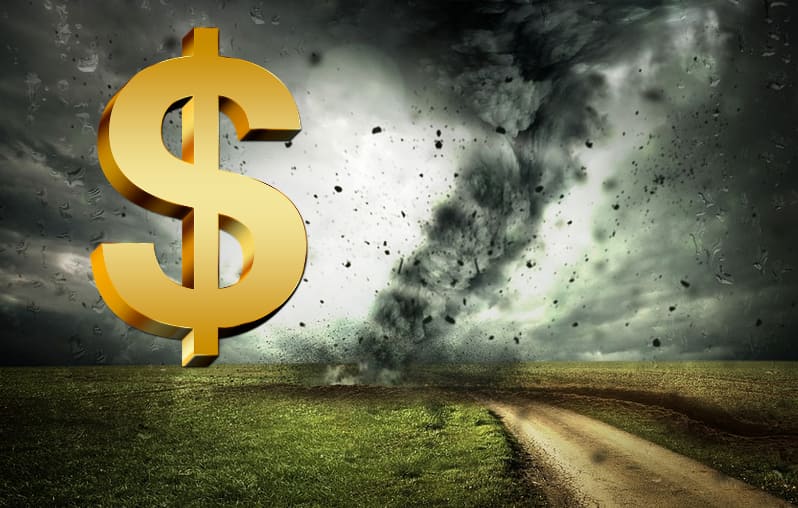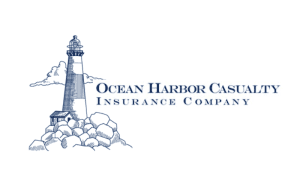Cat bonds remained resilient in 2024 despite $145bn nat cat losses: Kepler

Despite global insured losses from natural catastrophes reaching $145 billion in 2024, the catastrophe bond market emerged largely unscathed, despite it being a heavy year for nat cat events, according to an analysis by Kepler Absolute Hedge, a research and data-led provider of insight into hedge fund strategies.
Last year, the insurance and reinsurance market witnessed numerous global nat cat events, which according to Kepler, tested the catastrophe bond market’s resilience.
“In the Atlantic hurricane basin, activity was above average yet again – marking the ninth consecutive ‘above-normal’ season. Two particularly notable Atlantic hurricanes, Helene and Milton, made landfall in the US last autumn and caused widespread damage. Insured losses from Helene and Milton together were estimated at near $50 billion, making them among the costliest storms of the year,” Kepler said.
“Despite this, cat bond investors emerged largely unscathed: no major cat bonds were significantly impaired by these events with triggers above the industry loss-level that occurred,” the firm continued.
“At most, a few bonds saw mark-to-market spread widening in the immediate aftermath of landfall (secondary-market spreads widened only by low-single-digit percentages), but no material principal reduction was recorded on any bond from the storms. Once it became clear that bond loss thresholds would not be breached, prices recovered.”
Beyond US hurricanes, other perils also struck globally, including Super Typhoon Yagi, which impacted multiple Southeast Asian nations in September 2024. However, Yagi had minimal effect on the cat bond market since few cat bonds were exposed to the specific regions that were hit by the typhoon.
Similarly, severe convective storms (hailstorms and tornadoes) caused over $50 billion in insured losses in the US in 2024, yet these losses were absorbed primarily by traditional insurers and reinsurers.
Only a handful of aggregate-trigger cat bonds include such secondary perils, and those that did were not fully exhausted, leaving investors mostly untouched, Kepler added.
“Wildfire events also made headlines, notably an intense outbreak of wildfires in California and the western US toward late 2024. While insured losses from these fires were considerable (JPMorgan estimated up to $20 billion from California fires alone), cat bond exposure to wildfire is limited and usually part of multi-peril programs,” Kepler said.
Adding: “By year-end, wildfire events resulted in minimal cat bond principal losses (under 0.5% of total market capital). Many wildfire-linked bonds have high attachment points or aggregate structures that did not accumulate enough losses in 2024 to trigger, meaning investors avoided significant payouts from this peril as well.”
Wildfire’s have also been impacting the cat bond market in 2025 too, following the fallout from the Los Angeles fires in January.
We previously reported that the mark-to-market impact to catastrophe bonds from the January wildfires had risen, with a number of cat bond names seeing further mark-downs on pricing sheets, while some aggregate cat bonds saw negative movements that had not done so before.
Notably, Kepler affirms that secondary perils are now regularly surpassing primary perils in terms of total accumulated annual losses.
On a cumulative basis, since 2000, secondary perils have accounted for over $1 trillion in global insured losses, outpacing primary perils such as hurricanes, earthquakes, and tropical cyclones in most years.
However, despite this shift, catastrophe bond investors typically remain insulated, as most cat bond structures explicitly focus on peak perils due to their historically large potential for single-event losses, Kepler added.
“This targeted exposure shields cat bond investors from much of the volatility and unpredictability associated with the increasing frequency and accumulation of secondary peril losses, enhancing the stability and attractiveness of cat bonds within institutional portfolios.”
Kepler concluded: “2024 saw $145bn of insured losses from natural catastrophes, significantly higher than the 25-year average. This serves to highlight the nuanced dynamics at play within the broader insurance-linked securities value chain; cat bonds typically cover the more extreme/level tail events, while attachment points/triggers vary over time reflecting the underlying market dynamics (typically becoming more investor friendly in a hard market and vice versa).
“This goes some way to explaining how cat bonds could come through 2024 relatively unscathed despite a ‘bad’ overall year for insured losses.”






